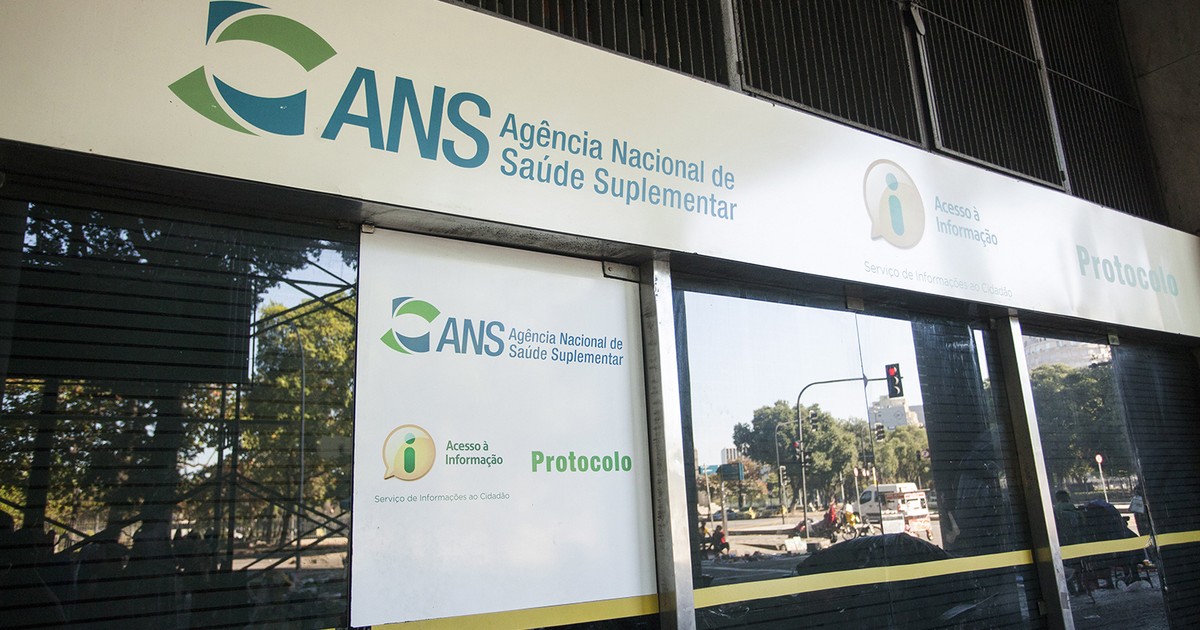Brazil’s private healthcare market has seen a decline in medical loss ratios since late 2024, which has so far translated into smaller premium adjustments this year. However, the growing volume of reserves to cover future medical bills has raised concerns that rising healthcare costs could soon drive larger increases in health plan rates.
In the first half of the year, the reserves for incurred but not reported medical events—known as IBNR—reached R$28.6 billion. Medical bills often take months to be submitted, especially in the case of longer treatments.
Meanwhile, provisions for reported but not settled claims (RBNS) totaled R$27.5 billion in the same period. Traditionally, RBNS exceeds IBNR, but this trend has reversed in the past three quarters, meaning insurers are now setting aside more funds to cover future healthcare expenses, raising questions about the reasons behind the sharp increase.
“The cost of healthcare continues to rise,” said Marcio Coriolano, consultant at Capitolio Comunicações Estratégicas and former president of the National Confederation of Insurers (CNSeg). “The decline in loss ratios since December reflects adjustments made in previous years and lower plan utilization, not a real drop in medical costs.”
In 2024, total revenue in the sector—derived from monthly health plan premiums—reached R$292 billion, up 10% from 2023. Over the same period, medical expenses grew 6.4% to R$240 billion, according to data from the National Regulatory Agency for Private Health Insurance and Plans (ANS).
The regulator rejected the idea that rising IBNR necessarily reflects higher medical costs. In its view, the increase stems from hospitals taking longer to notify major insurers about completed treatments. “It appears that some hospital bills are taking longer to be submitted to large insurers than in the past, for reasons that are unclear, possibly due to system upgrades or operational adjustments between hospitals and insurers,” the ANS said.
Mr. Coriolano disagrees, arguing that reserve calculations are based on current expenses rather than billing timelines. Actuary Raquel Marimon, a specialist in healthcare plans, noted that “IBNR is estimated using historical data on procedures being performed, billed, and paid.”
The National Association of Private Hospitals (ANAHP) has frequently complained that insurers are extending, not shortening, their payment terms. In August, hospitals waited an average of 83.5 days to receive payments, up from 63.7 days a year earlier. The 12-month moving average rose to 74.3 days from 72.4 in the previous period (2023-2024).
According to Citi analyst Leandro Bastos, the increase in reserves likely reflects a combination of factors. “Technical provisions among health insurers are growing at a fast pace, driven not only by worsening actuarial assumptions—such as the rise in autism diagnoses and the ANS’s expanded list of covered procedures—but also by extended payment cycles,” he said.
This rise in future provisions has been led mainly by health insurance companies. Of the sector’s total R$56 billion in reserves in the first half, 21.5% belonged to Bradesco Saúde and 16.5% to SulAmérica. “Insurers have always kept higher reserves. They are more conservative by nature,” Mr. Coriolano said.
Still, insurers tend to be faster than other operators when it comes to paying hospitals, making it difficult to draw a direct link between higher reserves and longer payment terms. Although many operators complain about the obligation to maintain such reserves, they generate significant financial income, especially with interest rates around 15%.
According to Ms. Marimon, provisioning rules differ among insurers, medical groups (which may operate their own hospitals), medical cooperatives, and self-managed plans (companies that administer their own healthcare programs). “Vertically integrated operators can control costs more closely since they own their hospitals, and that can influence reserve calculations,” she noted.
Across the entire sector, there are eight types of reserves, which together totaled R$79.2 billion in the first half. The two main ones—IBNR and RBNS—cover medical expenses and reached a combined R$56 billion, up 12% from the same period in 2024.
These reserves are crucial because they fund payments to hospitals and physicians when an insurer undergoes court-ordered liquidation, ensuring that beneficiaries continue to receive care until their contracts are transferred to another operator.
- Haircare market shifts focus to freedom and personalization
- Companies step up reactor projects amid nuclear power comeback
Some troubled operators, such as Unimed-Ferj, have already drawn down their reserves amid prolonged financial difficulties over the past decade. This poses a risk if the cooperative ceases operations without replenishing its funds. In Rio de Janeiro, service providers also report that Golden Cross—currently under court-ordered liquidation—owes around R$200 million to hospitals.
Bradesco Saúde said, “[The company] complies with all regulations and adopts consistent technical management practices. Reserves for incurred but not reported medical events have remained stable in recent periods, consistent with the company’s size, portfolio, and risk profile.” SulAmérica stated that it “makes all required provisions in accordance with ANS rules.” The operators’ association Fenasaúde declined to comment.
This article was translated from Valor Econômico using an artificial intelligence tool under the supervision of the Valor International editorial team to ensure accuracy, clarity, and adherence to our editorial standards. Read our Editorial Principles.
Critical systems, such as payment systems and power plants, including nuclear ones, are among the targets; global losses could reach $57bn this year
CEO explains how digital transformation and artificial intelligence are reshaping Brasilprev’s operations and customer experience
Winning over children has become a strategic priority for Brazilian resorts, as they accompany their parents in 70% of stays
In Paraná State, a couple develops unprecedented mushroom production under native forests
Field testing of techniques that accelerate changes in animal DNA is increasing
A study by Pezco indicates that structural changes since 2016 have increased growth capacity without adding inflationary pressure
New rapporteur, Renan Calheiros, wants to change the text without returning it to the Lower House
Party’s president supports Congressman Boulos’s senatorial candidacy for São Paulo, predicts a “tough” election for the left
The right and left camps await the definition of presidential tickets to choose candidates
According to Fernando Haddad, the legal framework’s launch last December will boost the sector; the law establishes waiting periods, deadlines, and specific rules for policies





Leave a Comment